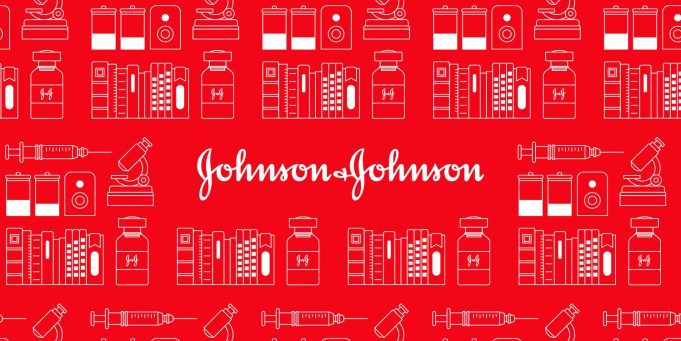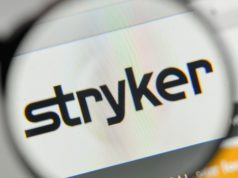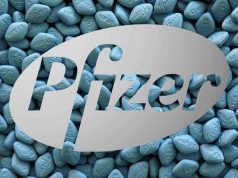Johnson & Johnson (J&J), is a global healthcare company. It develops and markets human health and well-being products. J&J well known for its consumer healthcare products like Tylenol is a leading player in pharmaceutical as well as medical devices segment.
Johnson & Johnson Business Segments
Johnson & Johnson has more than 250 companies located in 60 countries around the world. J&J business is organized into following three business segments.
- Pharmaceutical Business Segment
- Medical Devices Business Segment
- Consumer Healthcare Business Segment

Understanding Pharmaceutical Business Segment
J&J operates its pharmaceutical business as Janssen Pharmaceuticals. The Janssen pharmaceutical companies of J&J offer pharmaceutical products for five major therapeutic segments that include:
- Oncology Therapeutic Segment: This includes prescription products for multiple myeloma and prostate cancer
- Immunology Therapeutic Segment: This includes prescription products for rheumatoid arthritis, irritable bowel disease, and psoriasis
- Neuroscience Therapeutic Segment: This includes products for schizophrenia, dementia, and pain
- Infectious Disease Therapeutic Segment: This includes products for HIV/AIDS, Hepatitis C and tuberculosis
- Cardiovascular And Metabolic Diseases Therapeutic Segment: This includes products for diabetes
Understanding Pharmaceutical Products Business Model
In Pharmaceutical Product Business, J&J utilizes both direct and indirect channels to influence the prescribers (Doctors) to:
- Prescribe new medicines to existing and new patients
- Get new patients for existing medications by making patients aware about their diseases
- Promote new indications for existing medications to providers.
The company sells these products primarily to medication wholesalers and retailers, hospitals, government agencies and health maintenance organizations (HMOs). Following diagram shows how J&J generates revenues in the pharmaceutical product business.
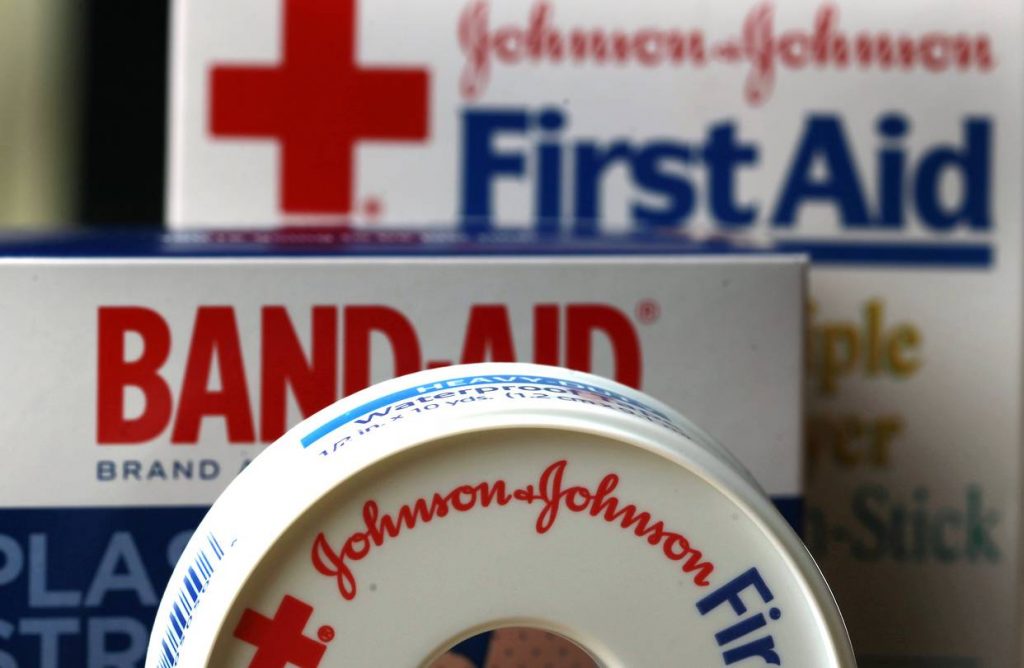
Understanding Medical Devices Business Segment
The Medical Devices business segment offers a broad range of innovative medical devices and solutions used primarily by health care professionals in the fields of orthopedics, neurological disease, vision care, diabetes care, infection prevention, cardiovascular disease, and aesthetics.
Understanding Medical Devices Business Model
After getting regulatory clearance, Medical Devices companies work with Payers to get the procedure approval. Companies then work through wholesalers to influence the hospitals and doctors to buy devices. In developing countries, Medical Devices companies also partners with or directly offer financial assistance to patients. Companies also offer healthcare services around targeted therapy areas – patient and provider education, healthcare technology services and disease management services. In targeted areas Medical Devices companies also out-licence and in-license technology to generate revenues. Following diagram shows how J&J generates revenues in medical devices business.
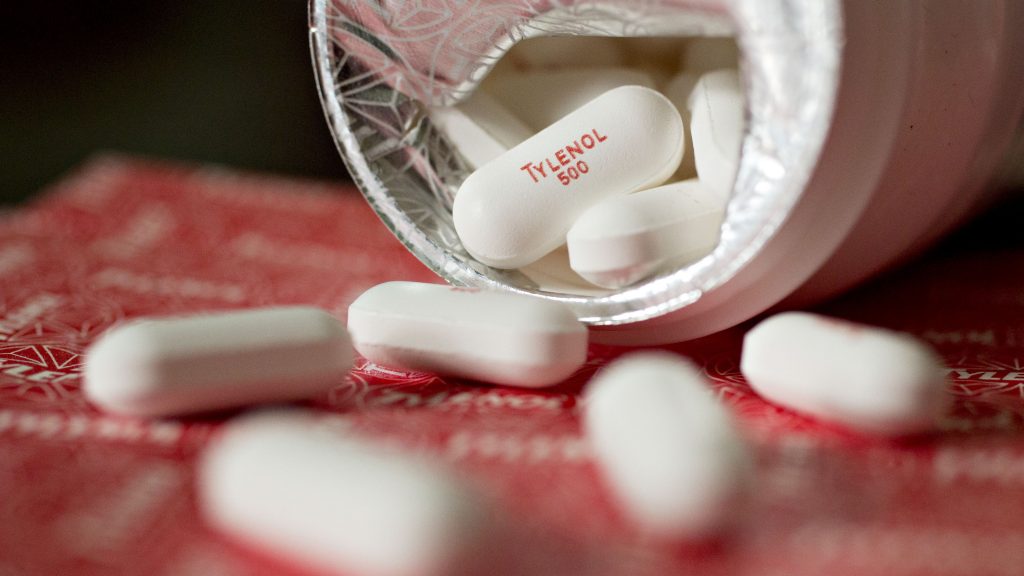
Understanding Consumer Healthcare Business Segment
J&J offers consumer health products commonly used in the baby care, oral care, skin care, over-the-counter pharmaceutical, women’s health and wound care markets. J&J offers Johnson’s line of baby care products in baby care category and Listerine products in oral care category. Aveeno, Clean & Clear, Dabao, Neutrogena are the major products in skin category. It’s Over The Counter (OTC) medicines includes Tylenol, Sudafed, Benadryl, Zyrtec, Motrin and Pepcid. J&J wound care brands include Band-Aid and Neosporin. J&J generates revenues for consumer healthcare segment by marketing these products to the general public. These products are sold both to retail outlets and distributors across the world. OTC products are sold without the prescription to the general public through retail pharmacies.
How J&J Makes Money
As discussed earlier, J&J sells Pharmaceutical product to patients through medication wholesalers & retailers, hospitals, government agencies & HMOs. J&J sells medical devices to hospitals through wholesalers and offers consumer healthcare products through retailers and distributors.
Following diagram shows how the money flows in from the different customer segments.
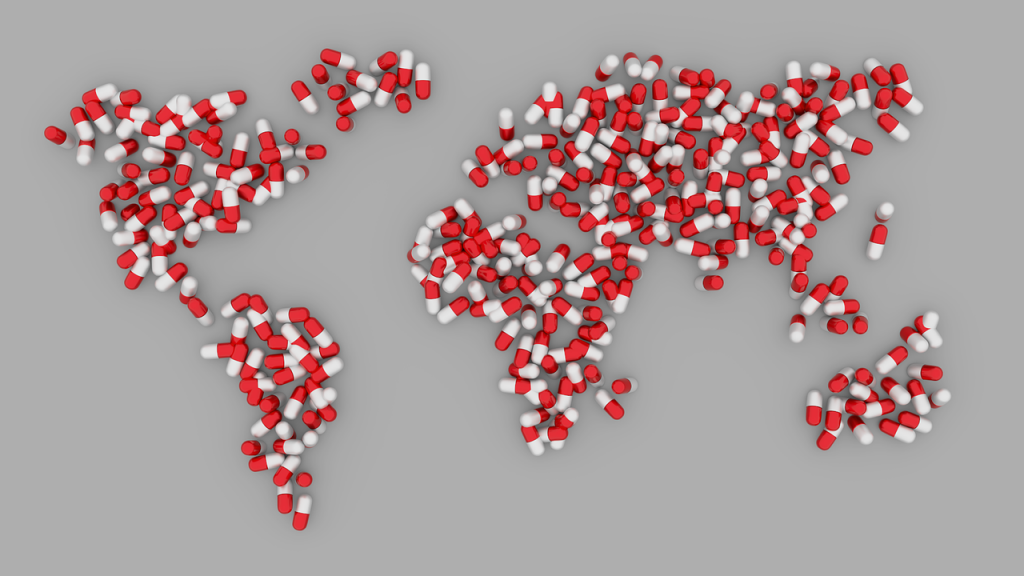
J&J Revenues by Business Segment FY’15
In FY’15 (fiscal year ended December 31, 2015), J&J generated $70.1 billion of total revenues. Of these total revenues, J&J generated.
- $31.4 billion revenues, 44.9% of the total, from the Pharmaceutical segment
- $25.1 billion revenues, 35.9% of the total from Medical Devices segment
- $9.5 billion revenues, 13.6% of the total from Consumer Health segment
- $4.0 billion revenues, 5.7% of the total from OTC Pharmaceuticals segment
J&J Profits and Profit Margins FY’15
Of the $70.1 billion of J&J total revenues in FY’15, $21.5 billion were the costs of goods sold. This resulted in $48.5 billion of gross profit and a gross margin of 69.3%. J&J other operating costs were $30.5 billion. These include marketing & administrative expenses, research, and development (R&D) expenses. This resulted in $27.3 billion of operating profit and an operating margin of 39.0%. After interest and other non-operating income and expenses and income taxes, J&J had a net profit of $15.4 billion and a net margin of 22.0%.

